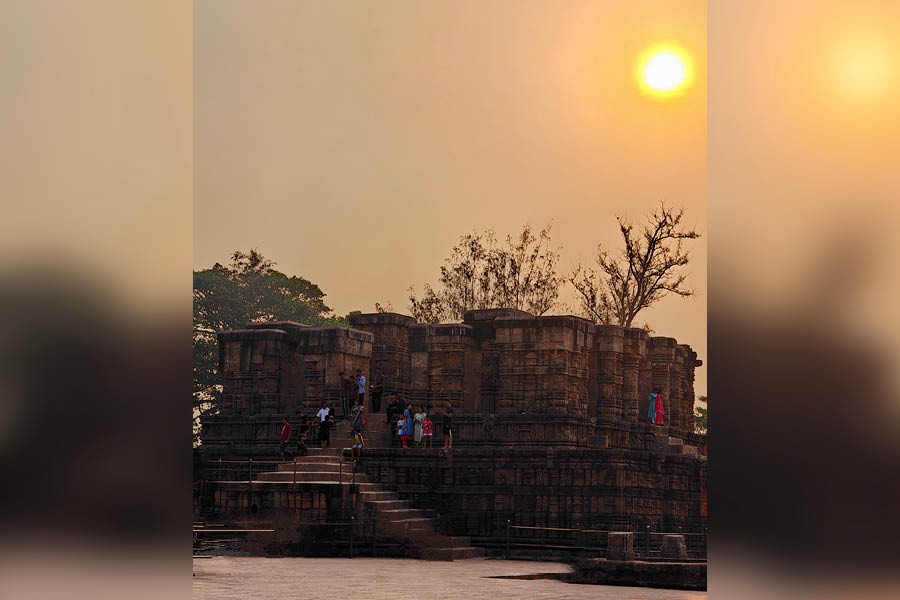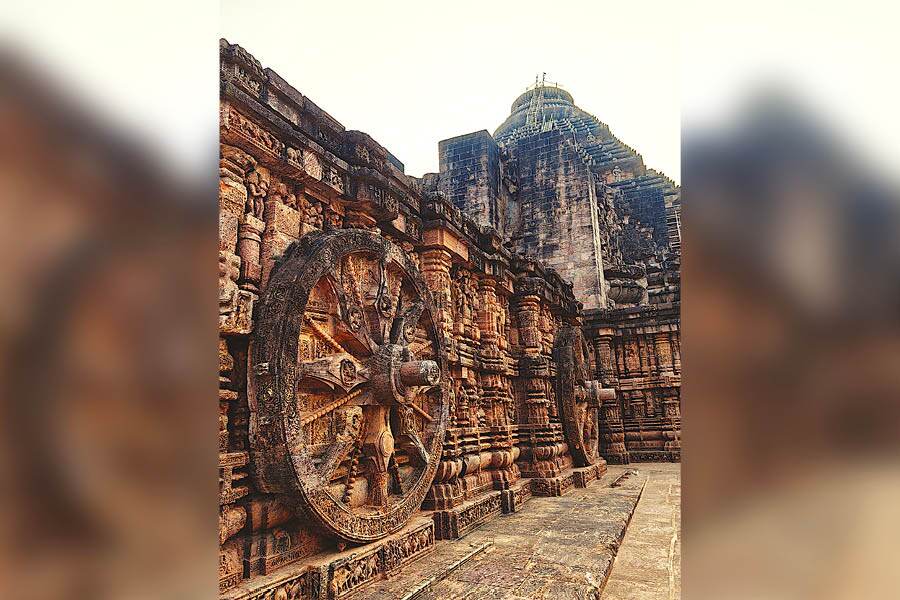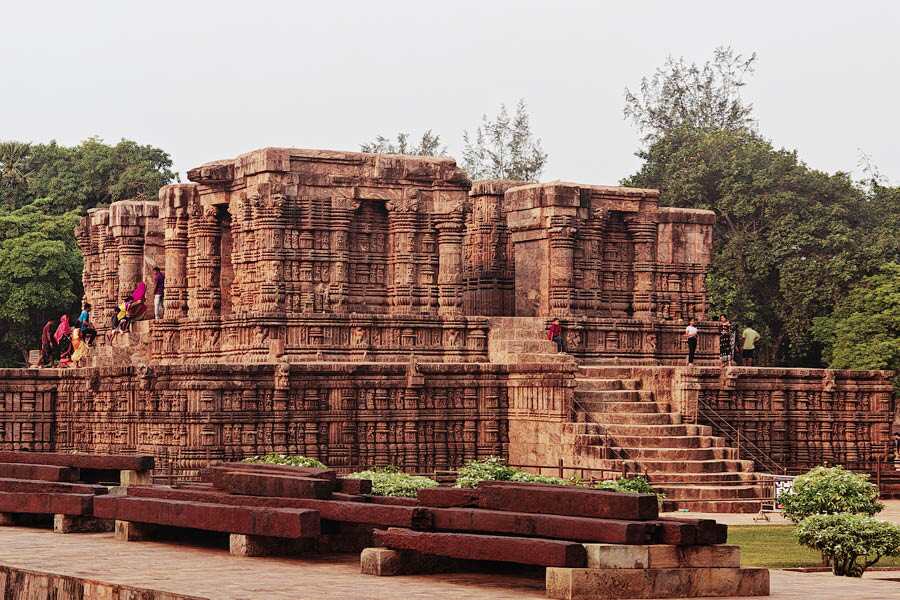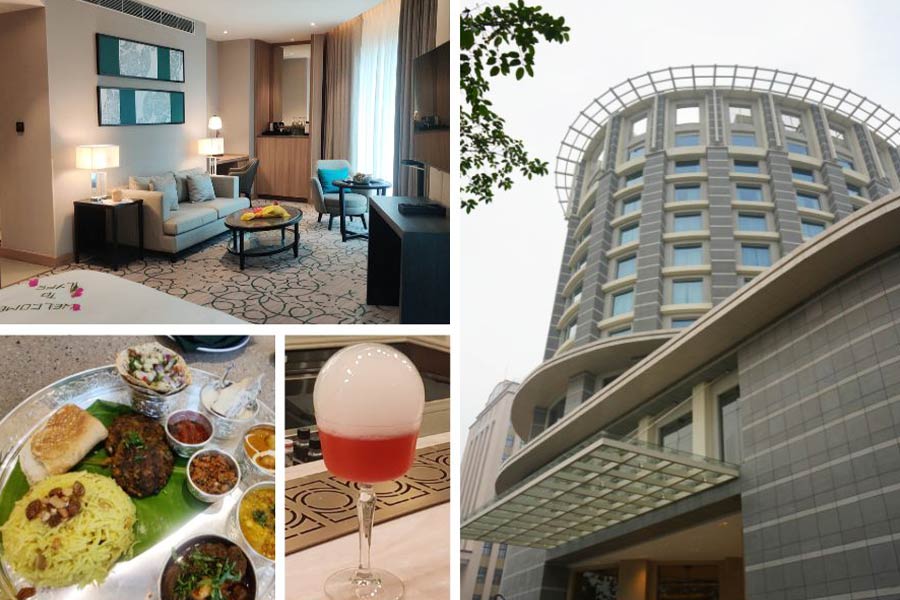If you’re a frequent traveller across time zones, you’re probably used to wakeup calls and alarms blaring at the most bizarre times. A 2.30am wakeup call was unearthly even by my standards, but not for the concierge team at Lyfe Bhubaneswar, the city’s newest luxury hotel. They are used to waking up guests in the wee hours, the only way to reach an iconic landmark at dawn. This temple has survived almost eight centuries as one of the most powerful symbols of the sun’s divine power. The sunset vs sunrise debate to visit the Sun Temple at Konark was settled even before I boarded my flight to Bhubaneswar. The face of the temple faces east, and I imagined that the early rays of the sun would make an amazing picture.
During the 2020s, my travels have taken me through some of India’s ‘emerging metros’. From Indore to Coimbatore to Guwahati, India’s smaller metros have stepped out of the shadows and are asserting themselves with evolved retail experiences, improved infrastructure and F&B trends that reflect the aspirations and preferences of the city. These cities no longer look towards India’s big cities for cues. Bhubaneswar’s newest luxury hotel is a case in point.

Lyfe Bhubaneswar features a chic design aesthetic and exudes a cosy warmth Lyfe Bhubaneswar
Located in the heart of the city’s premier retail district, Lyfe Bhubaneswar features a chic design aesthetic and exudes a cosy warmth. The hotel is a microcosm of how India’s emerging metros are transforming the country’s F&B landscape and equally a window to Bhubaneshwar’s evolving lifestyle landscape. The hotel’s F&B offerings include Mojo, a trendy bar with an innovative cocktail program, Sweet Basil, an authentic Thai specialty restaurant fronted by a Thai expat Chef and an all-day diner where Odisha cuisine and global plates vie for your attention. It was here that my journey to Konark and then on to Puri began.

Google ‘Sunrise at Konark’ and you’re likely to see some images that have been through extreme photo editing tools Ashwin Rajagopalan
Google ‘Sunrise at Konark’ and you’re likely to see some spectacular images with stunning shades of golden yellow. They might heighten your expectations, especially when you wake up at 2am and almost feel like you deserve a special sunrise picture. The truth is some of these images have been through extreme photo editing tools. There were also a few images that depict the first rays of the sun filtering through the entrance to a temple (that went viral in 2020) that were purportedly from Konark. Quite a few fact checking sites in India revealed that those images were from Southeast Asia. While you may not capture the unreal golden glow, sunrise is still the best time for photography at Konark and the best time to visit.

The temple opens for visitors at 6am Ashwin Rajagopalan
It’s also good to be aware of some important facts. Like many monuments managed by the Archaeological Survey of India (ASI), the temple opens for visitors at 6am. I visited in June when the sun rises just after 5am. You have a better ‘shot’ at dramatic images in the winter months when the sun rises later. I’d also suggest using the ASI’s UPI payment option that ensures you beat the early-morning crowds at the entrance ticket counter and reach the temple complex a few minutes before the temple fills up. Of course, there’s always Google’s Magic Eraser!

The temple was designed to catch the first rays of the sun and was completed in 1250 Ashwin Rajagopalan
It’s impossible not to be mesmerised by the sheer scale of the Sun Temple. Konark is actually a portmanteau of Kona (corner) and Arka (sun). It was designed to catch the first rays of the sun and was completed in 1250. The temple has been credited to Narasingha Deva I, and is a fine example of Kalinga architecture. The original temple was believed to be over 200-feet high, but large parts of the temple have not survived the test of time. There are numerous theories that include natural damage and deliberate destruction by conquering armies. It gets a mention in European Sailor accounts in the 17th Century as the ‘Black Pagoda’ The structures that have survived, have been painstakingly restored and continue to sweep visitors off their feet. The Sun Temple was one of the first temples in India to be recognised as a UNESCO World Heritage Site, back in 1984. It’s one of the great success stories of restoration in India that began during the British Colonial era and continues to this day by the ASI. The restoration and preservation work in the temple has been ongoing; you’re always likely to find scaffoldings here.

The Sun Temple is one of the great success stories of restoration in India Ashwin Rajagopalan
The temple complex has the appearance of a high chariot replete with wheels and horses. The Konark wheel has been immortalised in Indian popular culture and was also depicted on the reverse of the chocolate brown coloured ten-rupee Indian currency note. There are 24 wheels in total that are also designed as sundials. Most local guides can explain how to tell the time with these sun dials. The wheels and the rest of the temple feature intricate carvings that depict everything from mythological stories to everyday scenes. You’ll need a whole morning or afternoon to truly deep dive and appreciate the level of details. A good zoom lens always comes in handy at Konark.

There are 24 wheels in total that are also designed as sundials Ashwin Rajagopalan
I might have not got the ‘money shot’ and yet sunrise at Konark was truly special. There’s an unmistakable energy that permeates the temple in the morning. This was after all a temple to harness the energy of the sun and designed to catch the first rays. It continues to do that almost eight centuries after it was built and will continue to inspire new generations of explorers who follow the sun.

